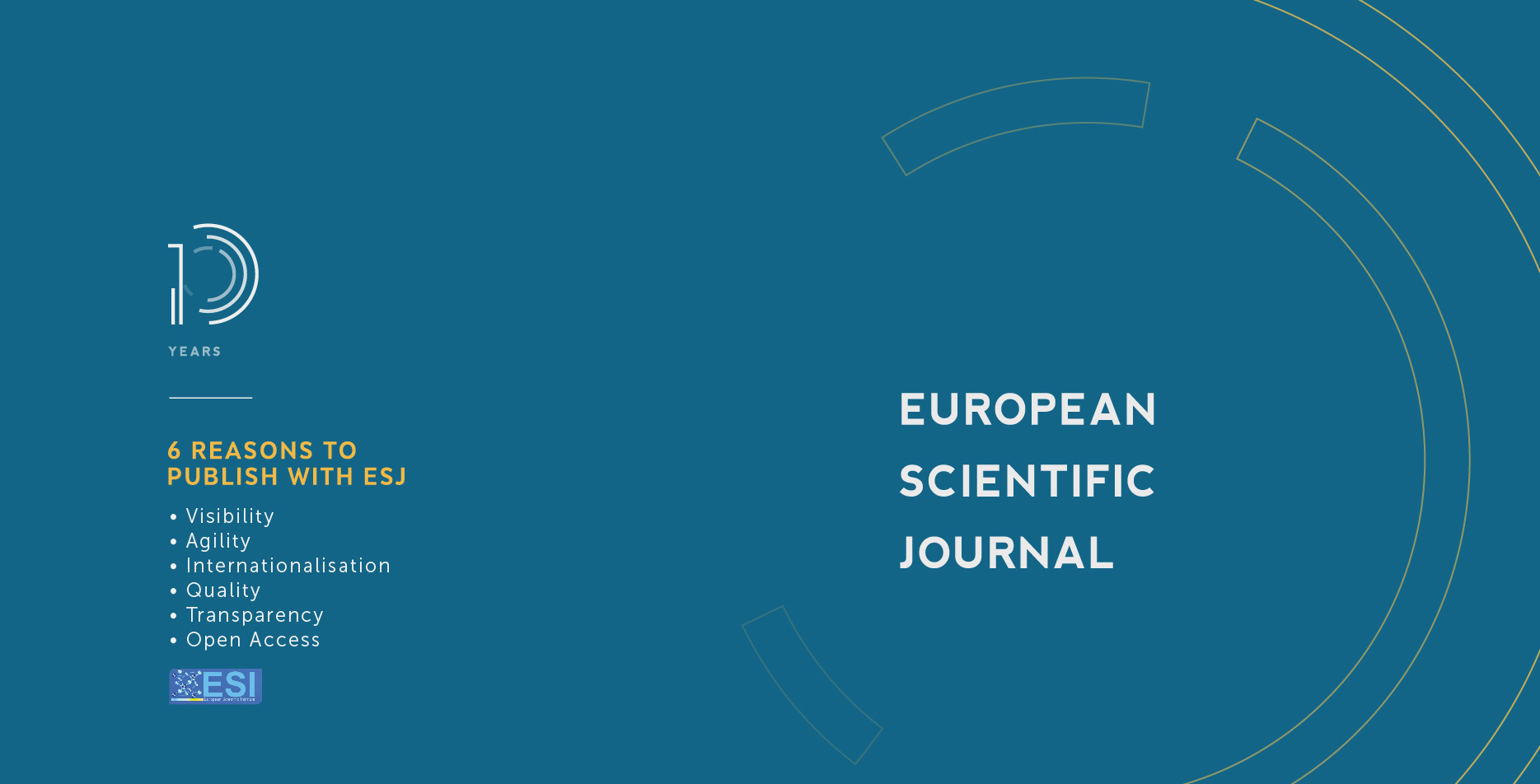Etude De L’arrière Effet Des Légumineuses Alimentaires Sur La Productivité Des Légumes : Cas De La Tomate (Solanum Lycopersicum), Cultivée Dans La Localité De Bouaké Au Centre De La Côte d’Ivoire
Abstract
Dans le but de proposer des méthodes agroécologiques pour améliorer la qualité et la quantité de production des légumes et aussi pour préserver l’environnement de l’utilisation abusive des intrants de synthèse, l’exploitation de l’arrière effet des légumineuses a été entreprise. Cette étude a donc pour objectif d’évaluer l’effet des légumineuses alimentaires sur la productivité de la tomate. Trois légumineuses alimentaires (arachide, niébé et soja) ont été mises en avant culture de la tomate à Bouaké localisée au centre de la Côte d’Ivoire. Après la récolte des légumineuses, un essai de fertilisation de la tomate a été mis en place selon un dispositif en blocs randomisés complets avec trois répétions. Les antécédents culturaux des légumineuses ont été utilisés comme source de fertilisation de la tomate. Deux témoins dont un sans aucune source de fertilisation et un autre témoin de référence qui est la pratique habituelle utilisant des engrais de fond (NPK) et de couverture (urée et sulfate de potasse). Les résultats obtenus ont montré que les paramètres de croissance, de développement végétatif et des stades phénologiques ont évolué indépendamment des sources de fertilisation. Par contre, la plupart des composantes du rendement ont été sources de variabilité entre les traitements. En effet, l’antécédent niébé a généré les rendements brut et net les plus élevés (7, 38 t/ha) par rapport autres traitements. Les traitements Témoin (T0), la référence (T1), les antécédentes culturales arachides et soja ont obtenu respectivement 2,85 ; 5,31 ; 4,80 et 2,35 t/ha. Le niébé pourrait être recommandé pour la culture de la tomate, vu la performance de son antécédent cultural.
In order to propose agroecological methods to improve the quality and quantity of vegetable production and also to preserve the environment from the abusive use of synthetic inputs, the exploitation of the after-effect of legumes was undertaken. The objective of this study is to evaluate the effect of food legumes on tomato productivity. Three food legumes (groundnut, cowpea and soybean) were put forward for tomato cultivation in Bouaké located in central Côte d'Ivoire. After harvesting the legumes, a tomato fertilization trial was set up in a complete randomized block design with three replications. The crop background of the legumes was used as a source of fertilizer for the tomato. Two controls, one without any source of fertilization and another reference control which is the usual practice using base (NPK) and cover fertilizers (urea and sulphate of potash). The results obtained showed that the parameters of growth, vegetative development and phenological stages evolved independently of the sources of fertilization. However, most of the yield components showed variability between treatments. Indeed, the cowpea crop history generated the highest gross and net yields (7.38 t/ha) compared to other treatments. The control (T0), reference (T1), groundnut and soybean treatments obtained 2.85, 5.31, 4.80 and 2.35 t/ha respectively. Cowpea could be recommended for tomato cultivation, given the performance of its crop history.
Downloads
Metrics
PlumX Statistics
Copyright (c) 2021 Noupé Diakaria Coulibaly, Christian Landry Ossey, André Gabazé Gadji, Mako François De Paul N’Gbesso, Lassina Fondio, Olivia Tiaplé Soro

This work is licensed under a Creative Commons Attribution-NonCommercial-NoDerivatives 4.0 International License.








